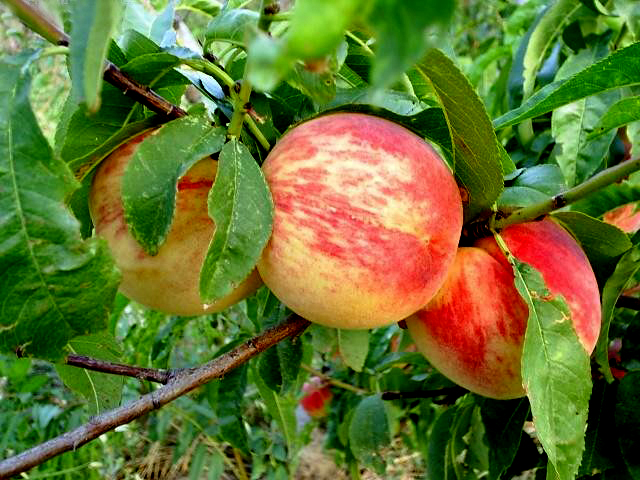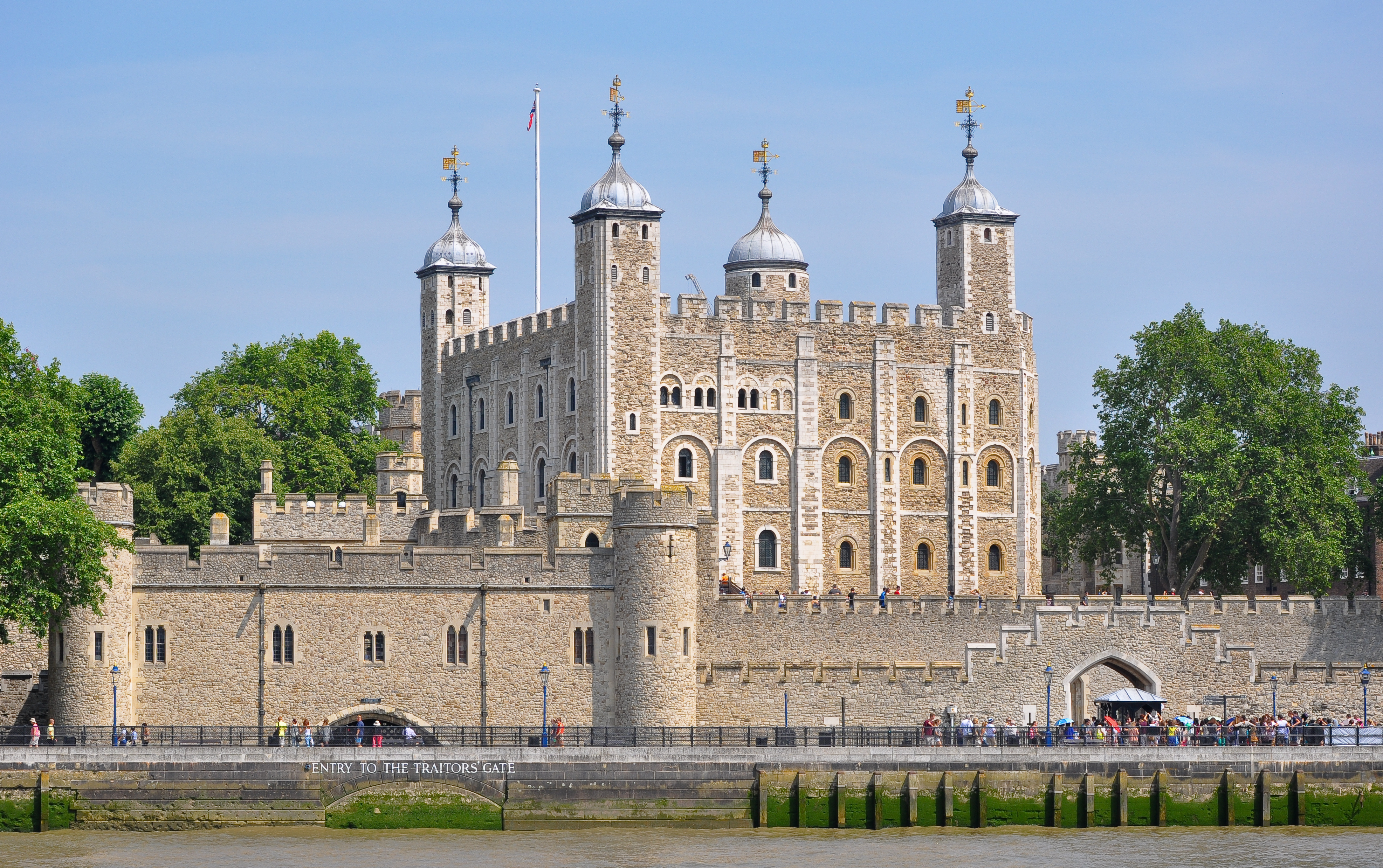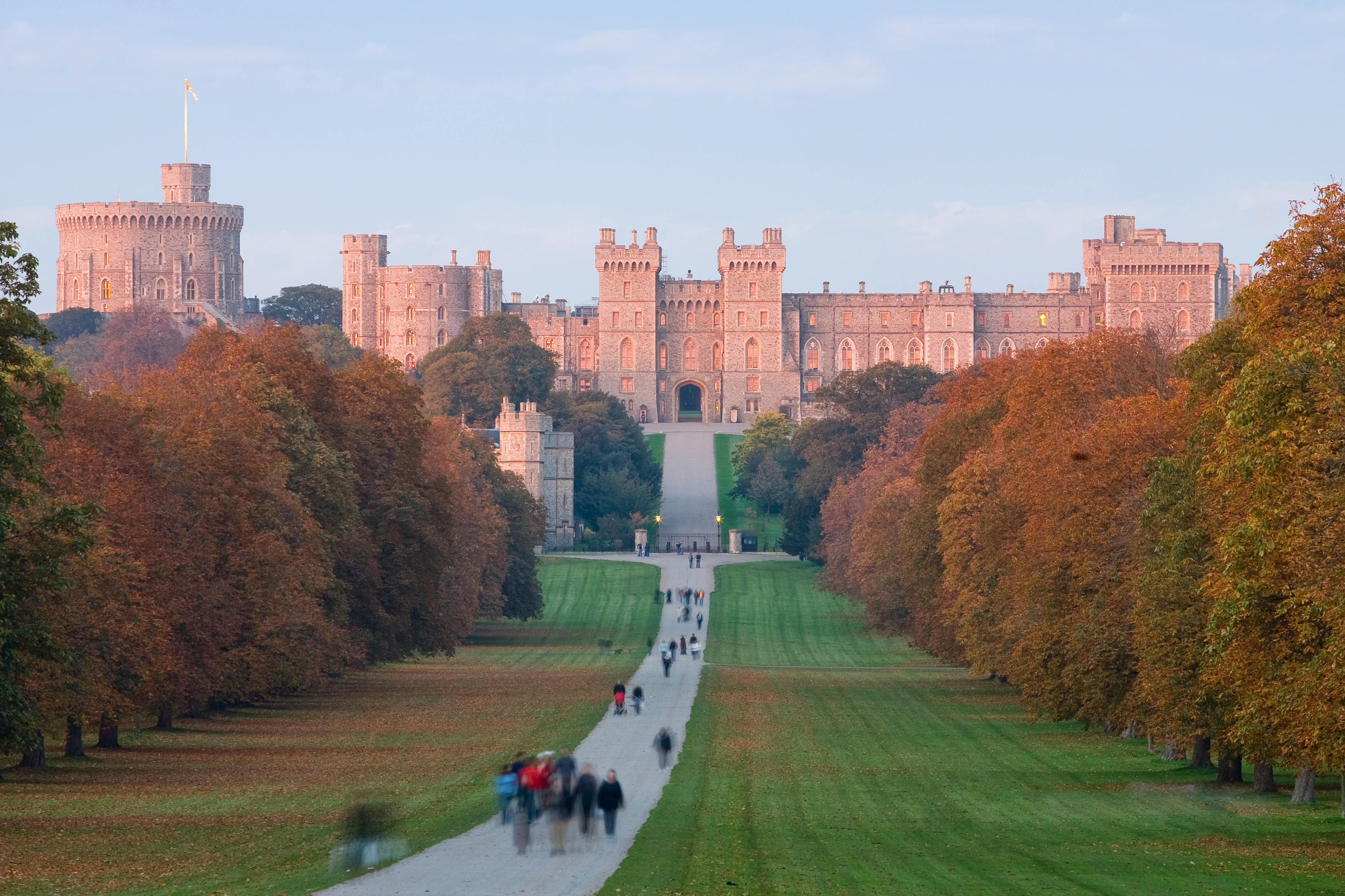|
Castello Di Bivona
The Castello di Bivona was a castle in the town of Bivona, Sicily. It was built in the 14th century, and it was partially destroyed when it was sacked in 1529. The castle is now in ruins, and a few remains can still be seen. History The first reliable evidence of feudalism in Bivona dates back to 11 October 1299, when Robert of Anjou, the King of Naples, granted the castles of Bivona and Calatamauro to Giacomo de Catania. The castle mentioned in this decree was probably a watchtower which had been built as part of the walls of Bivona around the time of the War of the Sicilian Vespers. Eventually, the castle began to be built in the first half of the 14th century. In 1359, Guido and Francesco Ventimiglia almost destroyed it, but it was rebuilt within the same year by Corrado Doria. The land and castle of Bivona was passed to Nicholas Peralta in 1397. In 1406, it belonged to Francesco Castellar. The castle was looted and partially destroyed in 1529, during the ''Secondo caso di Sc ... [...More Info...] [...Related Items...] OR: [Wikipedia] [Google] [Baidu] |
Walls Of Bivona
Walls may refer to: *The plural of wall, a structure *Walls (surname), a list of notable people with the surname Places * Walls, Louisiana, United States *Walls, Mississippi, United States *Walls, Ontario, neighborhood in Perry, Ontario, Canada *Walls, Shetland, Scotland, United Kingdom *South Walls, Orkney Islands, Scotland, United Kingdom Music *The Walls, Irish rock band *Walls (band), British electronic indie duo Albums * ''Walls'' (EP), a 2005 EP by The Red Paintings * ''Walls'' (Apparat album), 2007 * ''Walls'' (An Horse album), 2011 * ''Walls'' (Gateway Worship album), 2015 * ''Walls'' (Kings of Leon album), 2016 * ''Walls'' (Barbra Streisand album), 2018 * ''Walls'' (Louis Tomlinson album), 2020 Songs * "Walls" (Icehouse song), 1980 * "Walls" (Kings of Leon song), 2016 * "Walls" (Louis Tomlinson song), 2020 * "Walls" (Ruben song), 2017 * "Walls" (The Rocket Summer song), 2010 * "Walls" (Yes song), 1994 *"Walls (Circus)", a song by Tom Petty and the Heartbreakers, ... [...More Info...] [...Related Items...] OR: [Wikipedia] [Google] [Baidu] |
Bivona
Bivona is an Italian ''comune'' in the Province of Agrigento, Sicily. Geography Bivona is located at the foot of Monti Sicani, in the mainland of Agrigento, on the boundary with the province of Palermo. The communal territory is crossed by the Alba stream, now hidden, which flows into the Magazzolo. History Main sights *The 14th century Mother Church (13th century), of which today only the portal remains. *Church of Santa Rosalia *Ducal Palace (16th century) *Remains of the Castello di Bivona and the walls of Bivona Festivals and events The Most important event in the Summertime of Bivona is the "Peach Festival", that is organized by the local government in the second half of August, and it is the main attraction of the small mountain town. The white Peach of Bivona, in fact, represents, besides a rare deliciousness, the most common cultivation in all region of Bivona. Twin towns * Collebeato Collebeato (Brescian: ) is a town and ''comune'' in the province of Brescia, ... [...More Info...] [...Related Items...] OR: [Wikipedia] [Google] [Baidu] |
Sicily
(man) it, Siciliana (woman) , population_note = , population_blank1_title = , population_blank1 = , demographics_type1 = Ethnicity , demographics1_footnotes = , demographics1_title1 = Sicilian , demographics1_info1 = 98% , demographics1_title2 = , demographics1_info2 = , demographics1_title3 = , demographics1_info3 = , timezone1 = CET , utc_offset1 = +1 , timezone1_DST = CEST , utc_offset1_DST = +2 , postal_code_type = , postal_code = , area_code_type = ISO 3166 code , area_code = IT-82 , blank_name_sec1 = GDP (nominal) , blank_info_sec1 = €89.2 billion (2018) , blank1_name_sec1 = GDP per capita , blank1_info_sec1 ... [...More Info...] [...Related Items...] OR: [Wikipedia] [Google] [Baidu] |
Italy
Italy ( it, Italia ), officially the Italian Republic, ) or the Republic of Italy, is a country in Southern Europe. It is located in the middle of the Mediterranean Sea, and its territory largely coincides with the homonymous geographical region. Italy is also considered part of Western Europe, and shares land borders with France, Switzerland, Austria, Slovenia and the enclaved microstates of Vatican City and San Marino. It has a territorial exclave in Switzerland, Campione. Italy covers an area of , with a population of over 60 million. It is the third-most populous member state of the European Union, the sixth-most populous country in Europe, and the tenth-largest country in the continent by land area. Italy's capital and largest city is Rome. Italy was the native place of many civilizations such as the Italic peoples and the Etruscans, while due to its central geographic location in Southern Europe and the Mediterranean, the country has also historically b ... [...More Info...] [...Related Items...] OR: [Wikipedia] [Google] [Baidu] |
Castle
A castle is a type of fortified structure built during the Middle Ages predominantly by the nobility or royalty and by military orders. Scholars debate the scope of the word ''castle'', but usually consider it to be the private fortified residence of a lord or noble. This is distinct from a palace, which is not fortified; from a fortress, which was not always a residence for royalty or nobility; from a ''pleasance'' which was a walled-in residence for nobility, but not adequately fortified; and from a fortified settlement, which was a public defence – though there are many similarities among these types of construction. Use of the term has varied over time and has also been applied to structures such as hill forts and 19th-20th century homes built to resemble castles. Over the approximately 900 years when genuine castles were built, they took on a great many forms with many different features, although some, such as curtain walls, arrowslits, and portcullises, wer ... [...More Info...] [...Related Items...] OR: [Wikipedia] [Google] [Baidu] |
Robert, King Of Naples
Robert of Anjou ( it, Roberto d'Angiò), known as Robert the Wise ( it, Roberto il Saggio; 1276 – 20 January 1343), was King of Naples, titular King of Jerusalem and Count of Provence and Forcalquier from 1309 to 1343, the central figure of Italian politics of his time. He was the third son of King Charles II of Naples and Mary of Hungary, and during his father's lifetime he was styled Duke of Calabria (1296–1309). Biography Robert was born around 1276, the third son of the future Charles II of Naples (then heir apparent) and his wife Mary of Hungary. His father was the son of the incumbent King of Naples, Charles of Anjou, who had established an Italian realm a decade earlier in 1266. During the Sicilian Vespers directed against his grandfather Charles, Robert was the hostage of Peter III of Aragon, his grandfather's enemy. In 1285, Robert’s grandfather died at Foggia in Italy, leading to his father (then a hostage) becoming King of Naples as Charles II, with Robert's eld ... [...More Info...] [...Related Items...] OR: [Wikipedia] [Google] [Baidu] |
Watchtower
A watchtower or watch tower is a type of fortification used in many parts of the world. It differs from a regular tower in that its primary use is military and from a turret in that it is usually a freestanding structure. Its main purpose is to provide a high, safe place from which a sentinel or guard may observe the surrounding area. In some cases, non-military towers, such as religious towers, may also be used as watchtowers. History Military watchtowers The Romans built numerous towers as part of a system of communications, one example being the towers along Hadrian's Wall in Britain. Romans built many lighthouses, such as the Tower of Hercules in northern Spain, which survives to this day as a working building, and the equally famous lighthouse at Dover Castle, which survives to about half its original height as a ruin. In medieval Europe, many castles and manor houses, or similar fortified buildings, were equipped with watchtowers. In some of the manor houses of wes ... [...More Info...] [...Related Items...] OR: [Wikipedia] [Google] [Baidu] |
War Of The Sicilian Vespers
The War of the Sicilian Vespers or just War of the Vespers was a conflict that started with the insurrection of the Sicilian Vespers against Charles of Anjou in 1282 and ended in 1302 with the Peace of Caltabellotta. It was fought in Sicily, Catalonia (the Aragonese Crusade) and elsewhere in the western Mediterranean between the kings of Aragon on one side against the Angevin Charles of Anjou, his son Charles II, the kings of France, and the Papacy on the other side. The war resulted in the division of the old Kingdom of Sicily; at Caltabellotta, Charles II was confirmed as king of Sicily's peninsular territories ("Kingdom of Sicily on the other side of the Strait", that is, Naples), while Frederick III was confirmed as king of the island territories ("Kingdom of Sicily across the Strait", that is, Trinacria). Background Sicily had been part of a Kingdom of Sicily, which also encompassed the southern Italian peninsula, since the early 12th century, when Roger II of Sic ... [...More Info...] [...Related Items...] OR: [Wikipedia] [Google] [Baidu] |
House Of Ventimiglia
The Ventimiglia were a noble family of Liguria, now in Italy. Descendants of the family held positions and titles of nobility in Sicily in Mediaeval times and later. Members of the family * Giovanni I Ventimiglia (1383–1475), eighth count of Geraci (from 1405); Marquis of Geraci from 1436; also Lord of Castelbuono, Tusa, Gangi, San Mauro (San Mauro Castelverde), Pollina, Caronia (from 1412), Cefalù, Sciacca, Termini Imerese, Count of Montesarchio, Bitonto, Casamassima, Serracapriola, Castellamare di Stabia, Orta Nova and Magliano, Baron of Ciminna..., Grande Ammiraglio del Regno (Grand Admiral of Sicily Kingdom), Viceré di Sicilia, (Viceroy of Sicily), 1430–1432, Governatore del Regno di Napoli (Governor of Naples Kingdom), 1435, Viceroy of Duchy Athens and Neopatria, 1444, Regent of Naples Kingdom, 1460, Captain General of the Church, 1445 and 1455. * Giovanni II Ventimiglia, marquis of Geraci (1559–1619), lord of Castelbuono, Gangi, Pollina, Pettineo and San Ma ... [...More Info...] [...Related Items...] OR: [Wikipedia] [Google] [Baidu] |
Castles In Sicily
A castle is a type of fortified structure built during the Middle Ages predominantly by the nobility or royalty and by military orders. Scholars debate the scope of the word ''castle'', but usually consider it to be the private fortified residence of a lord or noble. This is distinct from a palace, which is not fortified; from a fortress, which was not always a residence for royalty or nobility; from a ''pleasance'' which was a walled-in residence for nobility, but not adequately fortified; and from a fortified settlement, which was a public defence – though there are many similarities among these types of construction. Use of the term has varied over time and has also been applied to structures such as hill forts and 19th-20th century homes built to resemble castles. Over the approximately 900 years when genuine castles were built, they took on a great many forms with many different features, although some, such as curtain walls, arrowslits, and portcullises, were ... [...More Info...] [...Related Items...] OR: [Wikipedia] [Google] [Baidu] |
Ruined Castles In Italy
Ruins () are the remains of a civilization's architecture. The term refers to formerly intact structures that have fallen into a state of partial or total disrepair over time due to a variety of factors, such as lack of maintenance, deliberate destruction by humans, or uncontrollable destruction by natural phenomena. The most common root causes that yield ruins in their wake are natural disasters, armed conflict, and population decline, with many structures becoming progressively derelict over time due to long-term weathering and scavenging. There are famous ruins all over the world, with notable sites originating from ancient China, the Indus Valley and other regions of ancient India, ancient Iran, ancient Israel and Judea, ancient Iraq, ancient Greece, ancient Egypt, Roman sites throughout the Mediterranean Basin, and Incan and Mayan sites in the Americas. Ruins are of great importance to historians, archaeologists and anthropologists, whether they were once individual fo ... [...More Info...] [...Related Items...] OR: [Wikipedia] [Google] [Baidu] |





